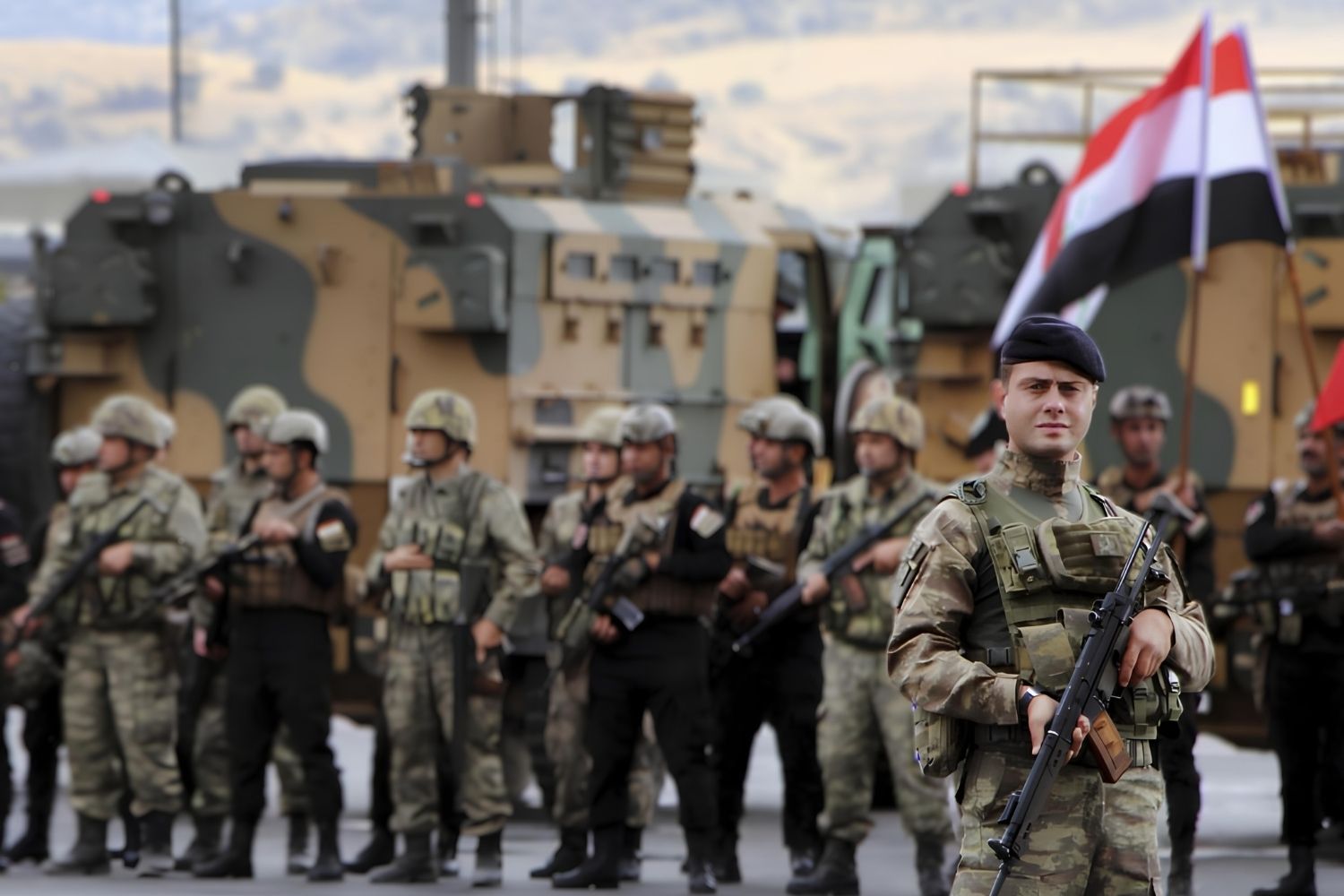
The Second Iraqi–Kurdish War was a significant conflict that took place between 1974 and 1975. This war saw the Kurdish forces, known as the Peshmerga, clashing with the Iraqi government led by Saddam Hussein. The conflict was marked by intense battles, shifting alliances, and a struggle for autonomy by the Kurdish people. Key events included the Algiers Agreement, which temporarily halted hostilities but left many issues unresolved. The war had a profound impact on the region, influencing future Kurdish movements and shaping Iraq's political landscape. Understanding this conflict helps shed light on the complexities of Middle Eastern geopolitics and the enduring quest for Kurdish self-determination.
Key Takeaways:
- The Second Iraqi–Kurdish War, from 1974 to 1975, was a conflict between the Iraqi government and Kurdish forces over autonomy. It involved international support and had a severe humanitarian impact.
- The war's legacy includes increased Kurdish nationalism and calls for independence, shaping future conflicts and highlighting the Kurdish struggle for self-determination.
Background of the Second Iraqi–Kurdish War
The Second Iraqi–Kurdish War, also known as the Second Kurdish-Iraqi War, was a significant conflict in the Middle East. It involved the Iraqi government and Kurdish forces, primarily the Peshmerga. This war had profound implications for the region and its people.
- The Second Iraqi–Kurdish War took place between 1974 and 1975.
- The conflict was primarily between the Iraqi government and the Kurdish Democratic Party (KDP).
- Mustafa Barzani led the Kurdish forces during the war.
- The war was a continuation of the First Iraqi–Kurdish War, which ended in 1970.
- The conflict was fueled by disputes over autonomy and control of Kurdish regions in Iraq.
Key Events and Battles
Several key events and battles defined the course of the Second Iraqi–Kurdish War. These moments were crucial in shaping the outcome of the conflict.
- The war began in March 1974 when the Iraqi government launched a major offensive against Kurdish forces.
- The Battle of Qaladiza was one of the first major engagements of the war.
- Kurdish forces initially had success, capturing several towns and cities.
- The Iraqi government responded with heavy artillery and airstrikes.
- The Battle of Zaxo in 1974 was a significant victory for Kurdish forces.
International Involvement and Support
International involvement played a crucial role in the Second Iraqi–Kurdish War. Various countries provided support to both sides, influencing the conflict's dynamics.
- The United States provided covert support to Kurdish forces.
- Iran also supported the Kurds, supplying them with weapons and training.
- The Soviet Union backed the Iraqi government, providing military aid.
- Israel offered limited support to Kurdish forces as part of its strategy to weaken Iraq.
- The war attracted attention from global media, highlighting the Kurdish struggle for autonomy.
Humanitarian Impact
The war had a severe humanitarian impact on the Kurdish population and the region as a whole. Many civilians were affected by the conflict.
- Thousands of Kurdish civilians were displaced due to the fighting.
- The Iraqi government used chemical weapons against Kurdish villages.
- Many Kurdish towns and villages were destroyed during the war.
- The conflict resulted in a significant loss of life on both sides.
- Humanitarian organizations struggled to provide aid to affected populations.
End of the War and Aftermath
The Second Iraqi–Kurdish War ended in 1975, but its aftermath continued to shape the region for years to come. The war's conclusion had lasting effects on both the Iraqi government and the Kurdish population.
- The war ended in March 1975 with the Algiers Agreement between Iraq and Iran.
- The agreement led to the withdrawal of Iranian support for the Kurds.
- Kurdish forces were forced to retreat, and many leaders went into exile.
- The Iraqi government regained control of Kurdish regions.
- The war's end marked a period of repression for the Kurdish population.
Legacy of the Second Iraqi–Kurdish War
The legacy of the Second Iraqi–Kurdish War continues to influence the region. The conflict left a lasting impact on Kurdish aspirations for autonomy and the relationship between the Kurdish people and the Iraqi government.
- The war highlighted the Kurdish struggle for self-determination.
- It led to increased Kurdish nationalism and calls for independence.
- The conflict strained relations between Iraq and neighboring countries.
- The war's legacy influenced future Kurdish uprisings and conflicts.
- The Second Iraqi–Kurdish War remains a significant chapter in the history of the Kurdish people.
Reflecting on the Second Iraqi–Kurdish War
The Second Iraqi–Kurdish War left a lasting impact on the region. It highlighted the Kurdish struggle for autonomy and the complexities of Middle Eastern politics. The conflict saw significant casualties and displacement, affecting countless lives. Despite the turmoil, it also showcased the resilience and determination of the Kurdish people.
Understanding this war helps grasp the broader historical and political context of Iraq and the Kurdish region. It underscores the importance of recognizing diverse perspectives in conflict zones. The war's legacy continues to influence current events, making it a crucial chapter in Middle Eastern history.
By learning about these facts, we gain a deeper appreciation for the challenges faced by those involved. It reminds us of the ongoing quest for peace and stability in a region marked by conflict.
Frequently Asked Questions
Was this page helpful?
Our commitment to delivering trustworthy and engaging content is at the heart of what we do. Each fact on our site is contributed by real users like you, bringing a wealth of diverse insights and information. To ensure the highest standards of accuracy and reliability, our dedicated editors meticulously review each submission. This process guarantees that the facts we share are not only fascinating but also credible. Trust in our commitment to quality and authenticity as you explore and learn with us.
